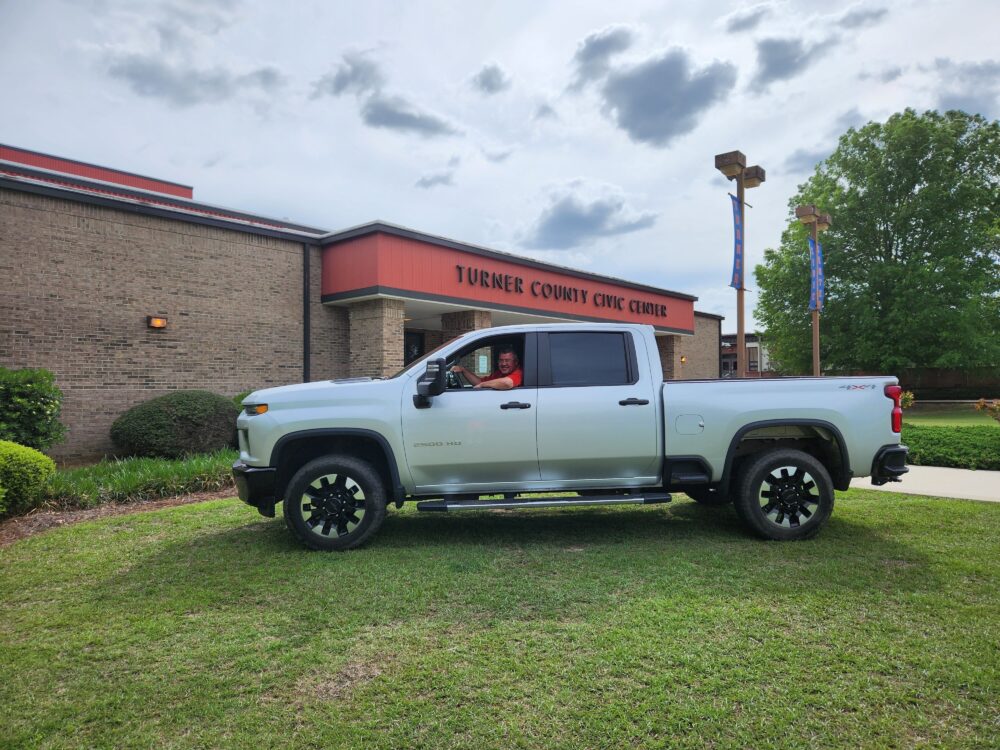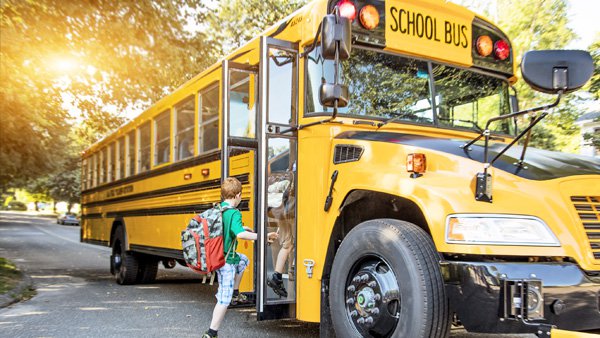In recent years, the familiar sight of lumbering yellow school buses on rural Georgia roads and metro streets has been replaced with “help wanted” signs posted by districts in search of qualified drivers.
A stubborn shortage of school bus drivers has swept the nation, and Georgia is not exempt. Metro counties such as Cobb, Fulton and Paulding are plagued by overcrowded buses and longer ride times because of the shortage, according to news reports. Rural Georgia counties have felt the heaviest hit. Due in part to high diesel prices, low wages and long bus trips only to pick up a small number of students, many have been forced to reconsider student transportation.
At the Georgia General Assembly, a bill sponsored by Republicans was designed to help. House Bill 51 would have allowed local districts to use non-school bus vehicles to transport students to and from school and school-related activities. It also would have required school boards to provide accident insurance for students traveling on school buses and other vehicles for school related events. The bill passed in the House but stalled in the Senate. The two sponsors, state Reps. Clay Pirkle, of Sycamore, and John Corbett, of Echols County, aim to revive the bill next year.
In the meantime, rural districts are coming up with creative solutions.
When students in rural Turner County couldn’t attend school events because of the lack of bus transportation, Dennis Kendrick, an advisor for the county’s Georgia Young Farmers program, picked them up in a multi-purpose, six-passenger truck. With the help of other school employees, Kendrick transported students to school competitions, carried football equipment and pulled trailers for livestock shows.

The truck was intended to transport students to agricultural school events. It became a cheaper way to transport them, often a group smaller than six, to other school activities.
But the solution came to a halt last year when Kendrick discovered it was illegal for organizations such as his to transport students in a non-school bus vehicle. Only students who received special education and homeless students could legally be transported in non-school buses.
“The way the law was written, I think, was done with good intention,” Kendrick said. “But it basically excluded us as a group, not just us, but CTAE [Career, Technical and Agricultural Education] as a group.”
The bill would have allowed Kendrick and others like him to legally transport students in other vehicles. Pirkle said the flexibility was needed, especially in rural areas.
For instance, they’ve got two students on the poultry judging team, he said, making it hard to get a driver.
“It’s inefficient to have to use a bus to go to a poultry competition an hour away,” Pirkle said. “So, why not allow the school system to opt into an other-than-school bus transportation suit?”
Many additional factors contributed to the necessity of the bill.
“We have a couple different variables that make things difficult,” Cornelius Ball, the vice chair of Turner County’s Board of Education, said. “Bus driver shortages being one… Nobody drives a bus and that’s all they do…If you come south of Macon, you’ll see every county has signs that say, ‘we’re currently hiring bus drivers.’”
One of the overwhelming reasons for the bus driver shortage is the low wages. According to a Glassdoor report, the median salary for school bus drivers in Georgia is close to $37,000 to $38,000.
“I definitely can speak for rural Georgia, that we have a very difficult time keeping and retaining bus drivers because those same people can drive a semi and make a lot more money than driving school buses,” Ball said.
The challenges in rural Georgia are similar to those in more metro and suburban areas. Many school systems in the northern and metro parts of Georgia were in favor of the bill.
“This bill is not a rural bill,” Pirkle said. “Some of the strongest support I have received came from metro school districts… Just because it’s a big school does not mean they’re going to have a lot of people on the chess team.”
Although the bill would have been optional for school systems to implement, there is a minimum of requirements for the additional vehicles.
- Vehicles cannot be more than 10 years old.
- Vehicles cannot have more than 200,000 miles
- Vehicles must be serviced every 90 days
- Vehicles must fit five to eight passengers
- Vehicles must include a sign stating it is for student transportation
- Drivers must be employees of the school system and must be over 21
- Drivers must have a safe driving record
- Drivers must complete a physical examination
For more from Fresh Take Georgia and the latest updates, follow us on Facebook and Twitter.

















